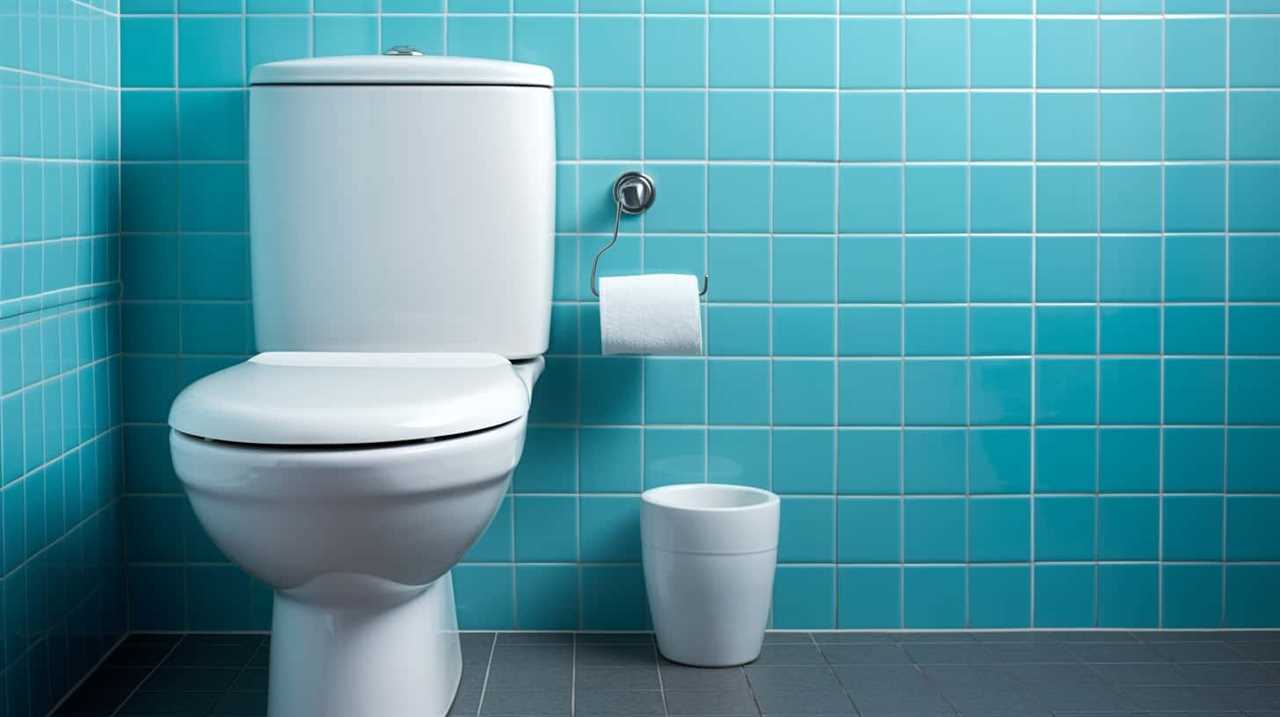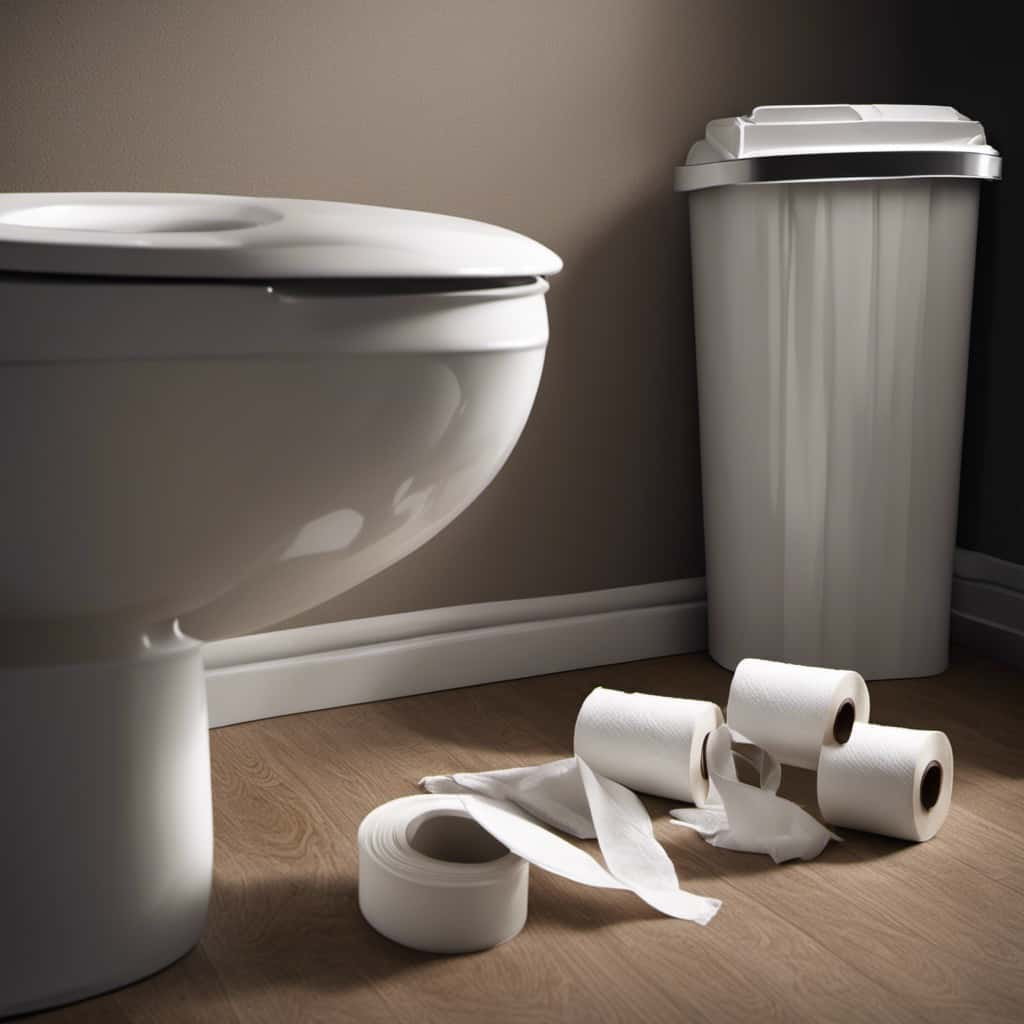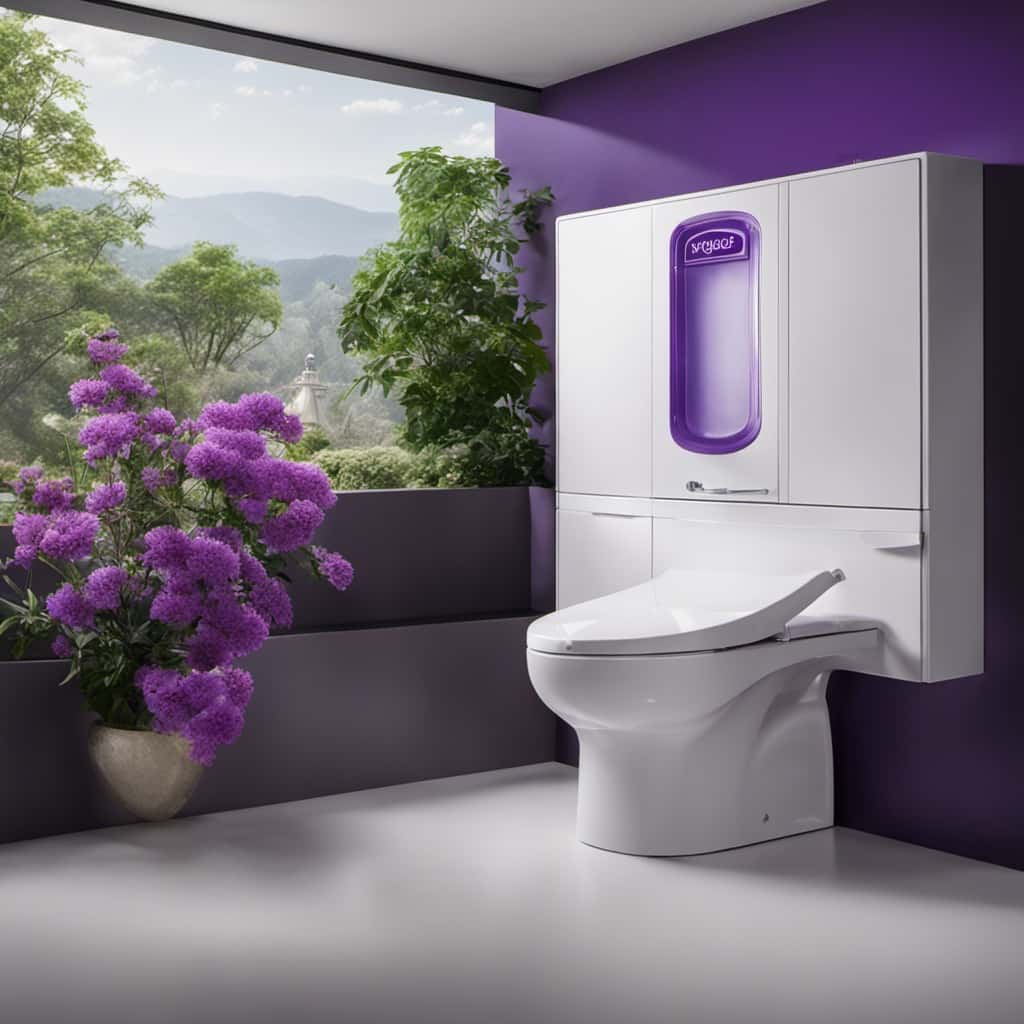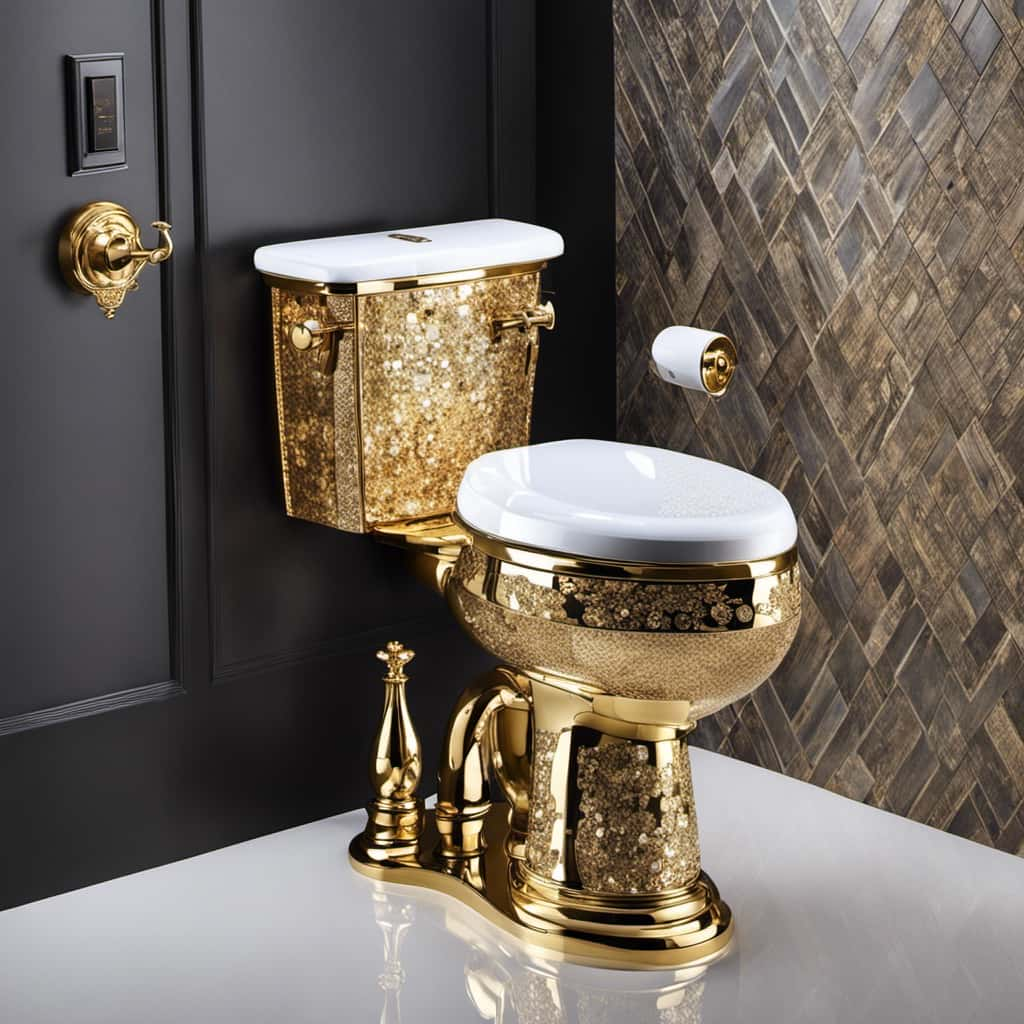We might think that modern day flush toilets are the epitome of convenience and hygiene, but there are drawbacks to consider.
One might argue that these toilets are highly efficient and necessary for our modern lives. However, upon closer examination, we discover that they come with their own set of disadvantages.
In this article, we will explore the high water consumption, potential plumbing clogs, environmental impact, and the costs associated with the installation and maintenance of modern day flush toilets.
Key Takeaways
- Excessive water consumption and wastage: Modern flush toilets consume a significant amount of water, leading to water waste and sanitation issues. This is particularly problematic in areas with scarce or expensive water, and it can also result in potential plumbing clogs.
- Plumbing clogs and maintenance challenges: Plumbing clogs can hinder the proper flow of water in modern flush toilets, leading to ineffective or non-functioning flushes. Regular maintenance, using drain screens, and being mindful of what is flushed can help prevent clogs, but lack of resources or knowledge can hinder proper maintenance, resulting in costly repairs and unsanitary conditions.
- Environmental impact and water pollution: Improper waste disposal through flush toilets contributes to water pollution, contaminating natural water sources and harming aquatic life. It also increases the risk of waterborne diseases. Excessive water usage depletes freshwater resources and exacerbates water scarcity. Transitioning to eco-friendly sanitation systems can help mitigate these environmental consequences.
- Cost of installation and maintenance: Installing and maintaining modern flush toilets can be expensive, mainly due to the costs of plumbing and sewage infrastructure. Ongoing maintenance, repairs, and cleaning also contribute to the overall expenses. Cost-effective alternatives like composting toilets can be more affordable and environmentally friendly, but cultural acceptance should be considered when evaluating the expenses of modern flush toilets.
High Water Consumption
One of the major disadvantages of modern day flush toilets is that they consume a significant amount of water due to their flushing mechanism. This high water consumption contributes to water waste and can lead to sanitation issues.
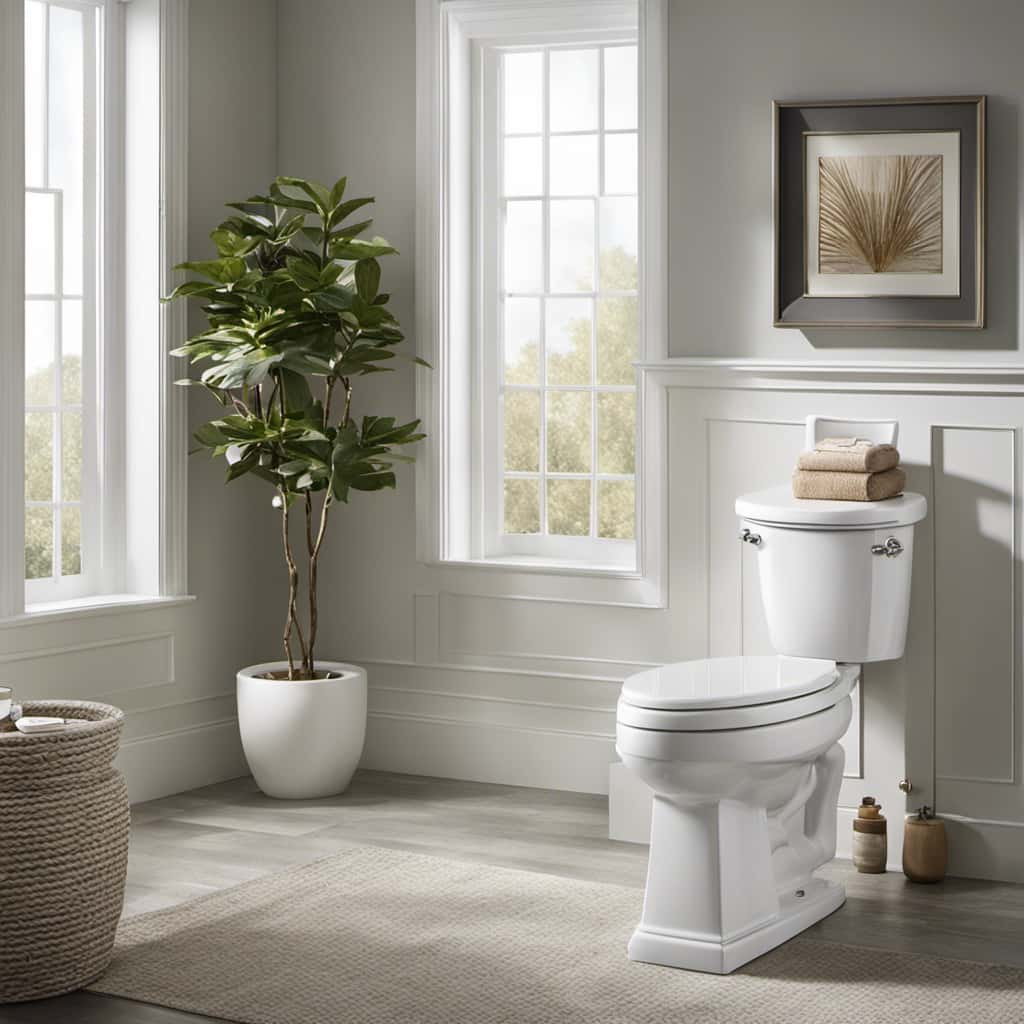
The flushing mechanism of these toilets involves a large amount of water being used to remove waste from the bowl and transport it through the pipes. While this may effectively remove waste from the toilet, it also results in the unnecessary use of water. In areas where water is scarce or expensive, this excessive water consumption can be a significant problem.
Additionally, the constant flow of water during flushing can lead to potential plumbing clogs, which will be discussed in the subsequent section. Therefore, it’s crucial to address the issue of high water consumption in modern day flush toilets to minimize water waste and improve sanitation practices.
Potential for Plumbing Clogs
Plumbing clogs can pose a potential problem with modern day flush toilets. When waste and debris accumulate in the pipes, it can lead to blockages and hinder the proper flow of water. This can result in toilets that don’t flush effectively or don’t flush at all.
Moreover, clogs can cause water to overflow, leading to potential water damage in the bathroom. To address this issue, potential solutions include regular maintenance and cleaning of the pipes, using drain screens to prevent larger objects from entering the system, and being mindful of what’s flushed down the toilet.
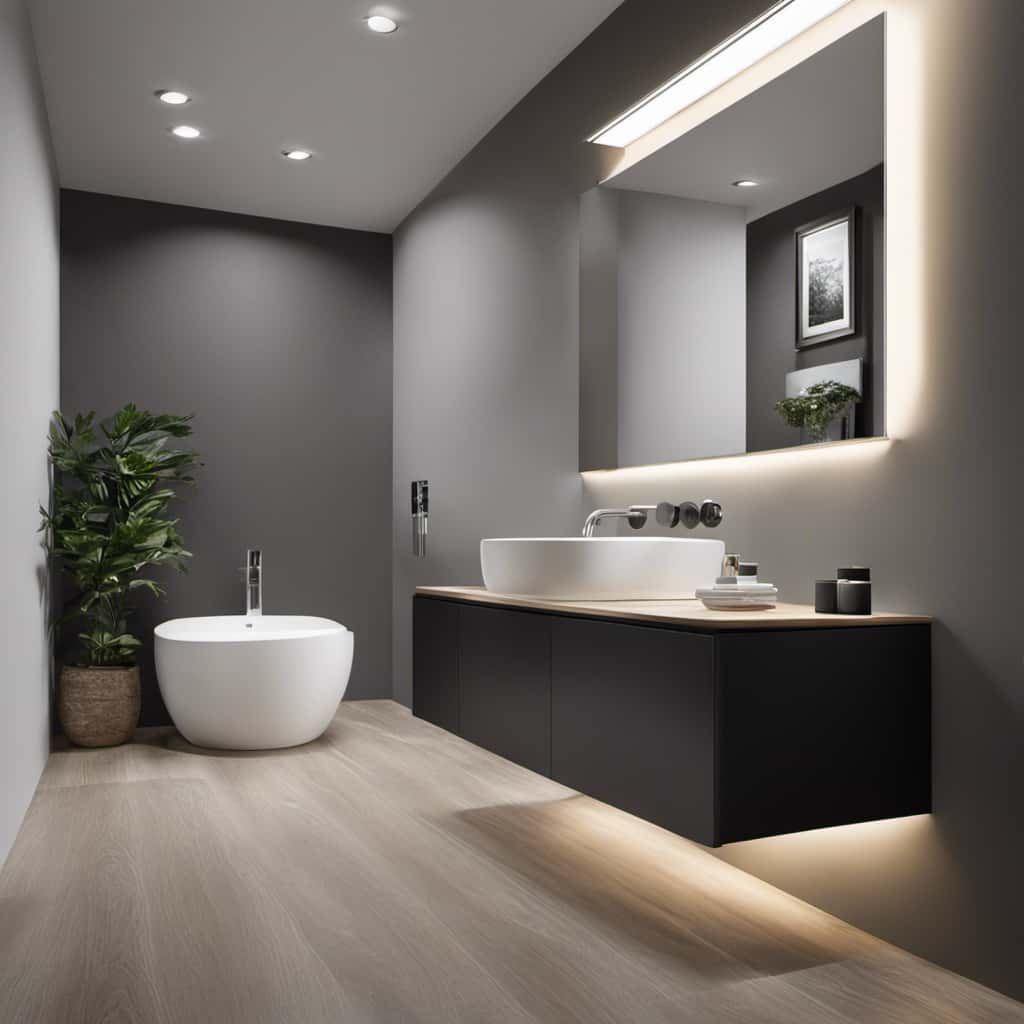
It’s important to recognize the health implications of plumbing clogs, as they can lead to unsanitary conditions and the potential spread of harmful bacteria. Therefore, it’s crucial to address plumbing clogs promptly to maintain a hygienic environment.
Environmental Impact
Modern day flush toilets have a significant environmental impact. The improper disposal of waste through these toilets contributes to water pollution, posing a serious threat to our ecosystems. Here are three key environmental consequences:
- Water pollution: Flush toilets discharge untreated sewage into water bodies, contaminating rivers, lakes, and oceans. This pollution negatively affects aquatic life and can lead to the eutrophication of water bodies, causing oxygen depletion and the death of marine organisms.
- Health risks: Contaminated water from flush toilets can contain harmful pathogens and bacteria, increasing the risk of waterborne diseases such as cholera and dysentery. These diseases pose a significant threat to human health and can lead to severe illness or even death.
- Environmental imbalance: The excessive use of water for flushing toilets depletes freshwater resources, placing a strain on ecosystems and exacerbating water scarcity issues.
Understanding the environmental impact of modern flush toilets highlights the urgent need for more sustainable alternatives. Transitioning to eco-friendly sanitation systems can mitigate water pollution and reduce health risks associated with traditional flush toilets. This shift, however, also necessitates considering the cost of installation and maintenance.
Cost of Installation and Maintenance
Installing and maintaining modern flush toilets can be costly. While they’re widely used and considered a necessity in many parts of the world, the expenses associated with these systems can present challenges.
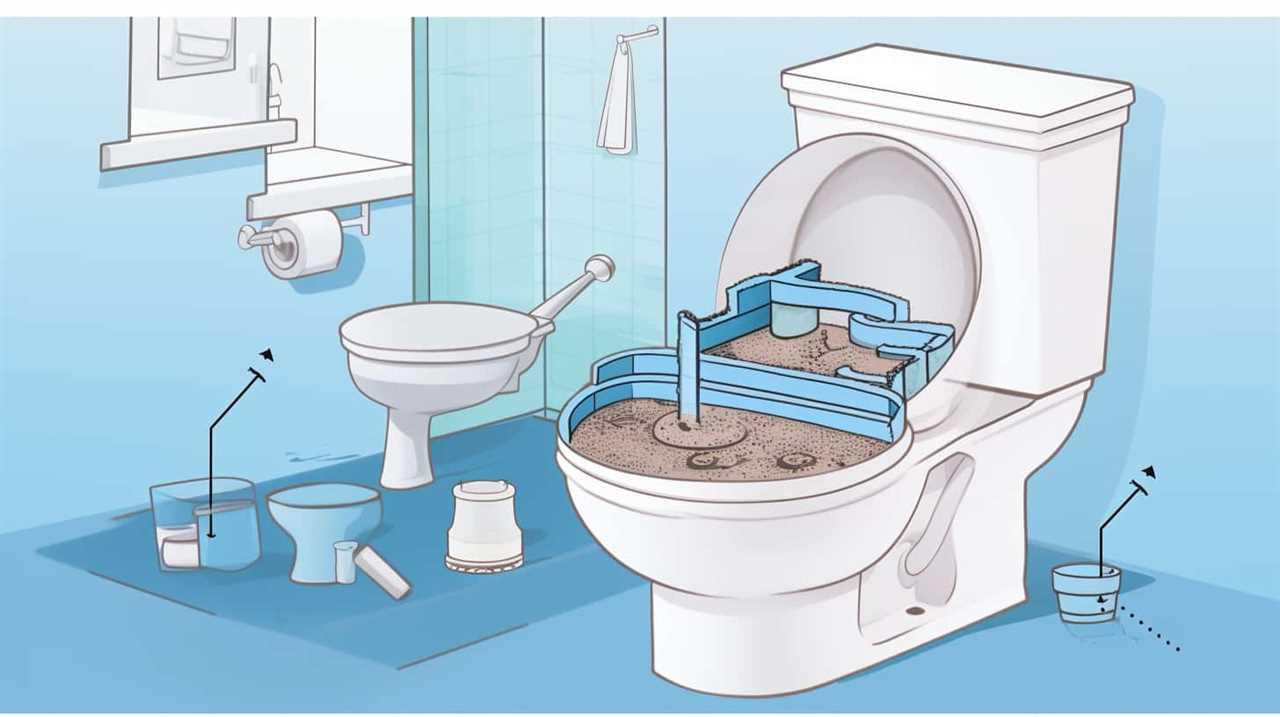
The initial installation of a flush toilet requires plumbing and sewage infrastructure, which can be expensive, especially in areas with limited resources. Additionally, ongoing maintenance, including repairs and regular cleaning, add to the overall cost.
However, it’s important to consider cost-effective alternatives and cultural acceptance when evaluating the expenses of modern flush toilets. Some regions have adopted innovative solutions like composting toilets or waterless urinals, which can be more affordable and environmentally friendly.
It’s crucial to explore these options to ensure that sanitation needs are met without compromising financial sustainability.
Dependency on Electricity or Running Water
Although modern flush toilets are widely used and considered a necessity, a disadvantage is their dependence on electricity or running water. This dependency on infrastructure can pose significant challenges, particularly in areas with limited access to reliable electricity or clean water sources.
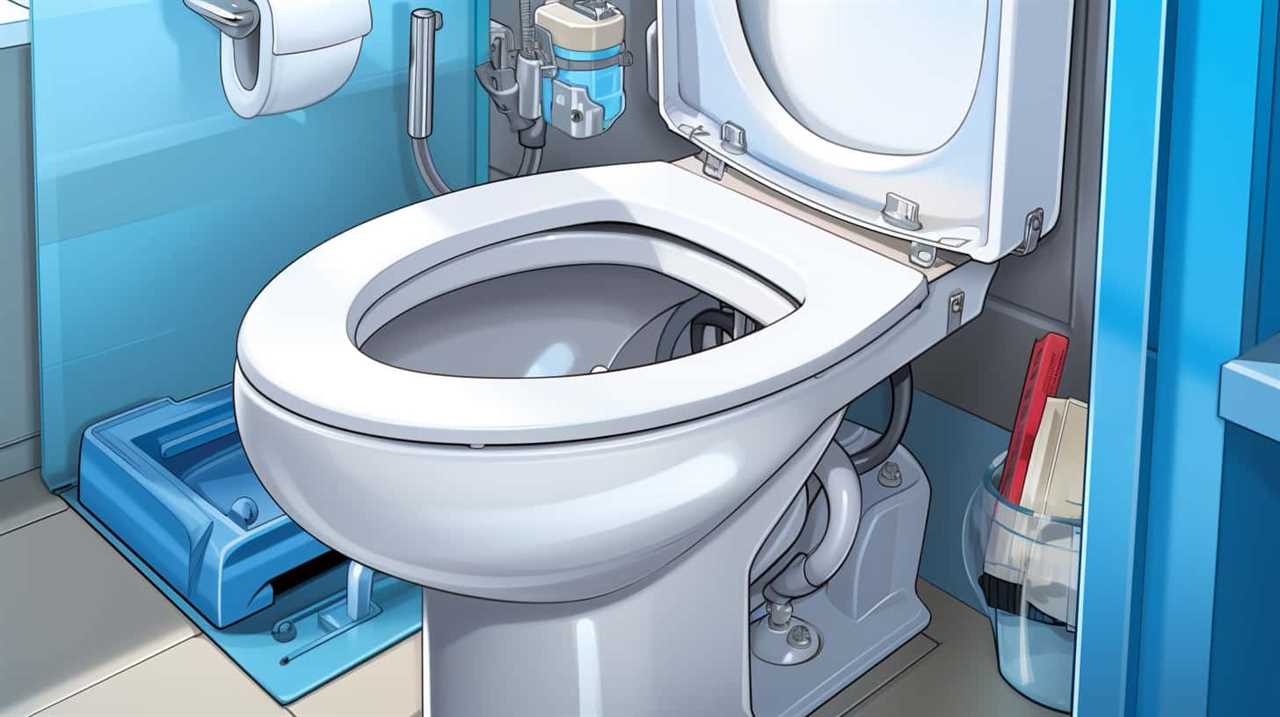
Dependency on electricity:
- Without electricity, flush toilets can’t function properly, leading to sanitation concerns and potential health risks.
- Power outages can render flush toilets inoperable, causing inconvenience and discomfort for users.
- In remote locations or during natural disasters, the lack of electricity can hinder the operation of flush toilets, exacerbating sanitation issues.
Dependency on running water:
- In regions with water scarcity or inadequate plumbing systems, flush toilets may not have a sufficient water supply.
- Water interruptions or restrictions can result in the inability to flush waste effectively, compromising hygiene and sanitation standards.
- The reliance on running water for flushing can lead to wastage, especially in areas where water conservation is crucial.
Addressing the dependency on electricity and running water is essential for ensuring access to proper sanitation facilities in all communities.
Frequently Asked Questions
Are There Any Health Risks Associated With Modern Day Flush Toilets?
There are health risks associated with modern day flush toilets. Waterborne diseases can spread due to inadequate sanitation. It is important to consider the disadvantages alongside the sanitation benefits.
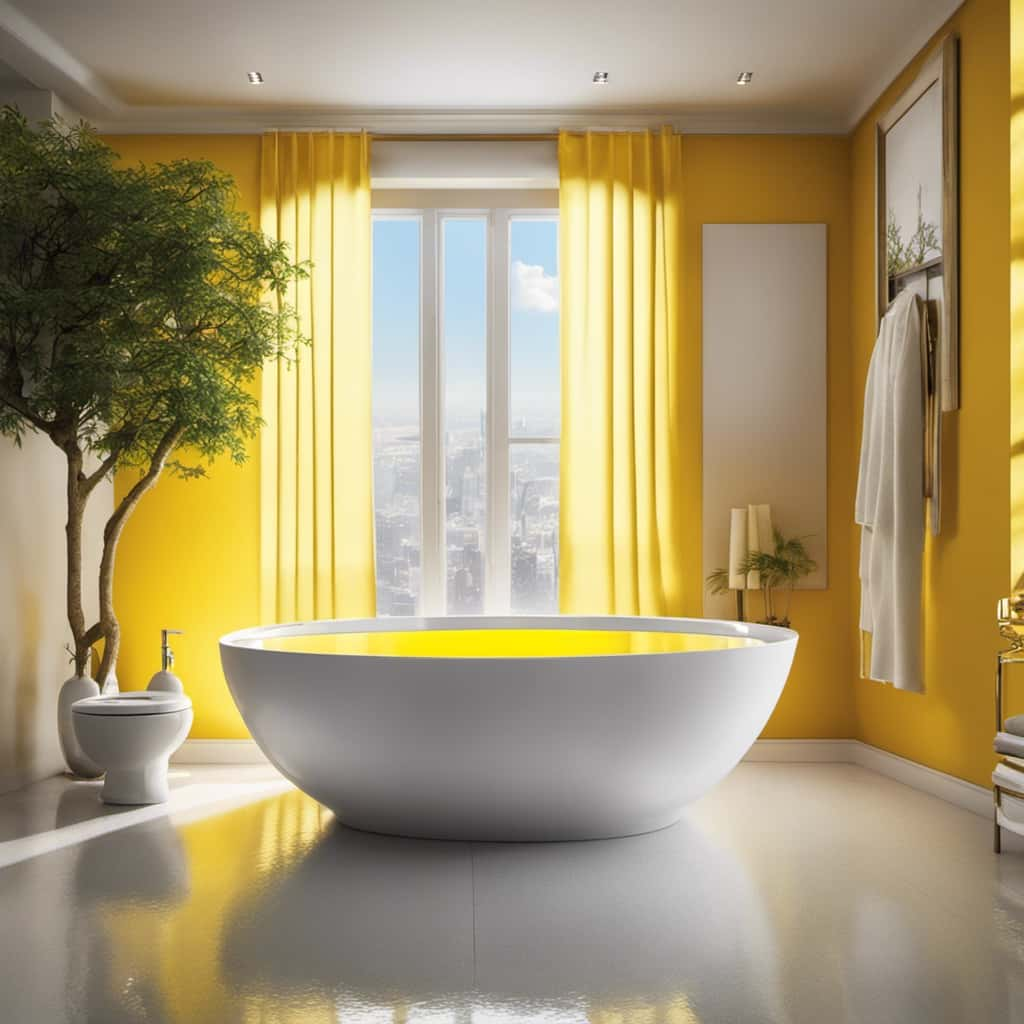
How Do Modern Day Flush Toilets Affect Water Quality?
Modern day flush toilets, while convenient, can have a negative impact on water quality. The excessive use of water and the chemicals in cleaning products can lead to contamination, posing a risk to aquatic life.
Can Modern Day Flush Toilets Be Used in Areas With Limited Water Supply?
Water saving solutions and the impact on sanitation are important considerations when using modern day flush toilets in areas with limited water supply. It is crucial to explore alternative methods that conserve water while maintaining proper sanitation standards.
Are There Any Alternatives to Modern Day Flush Toilets That Are More Eco-Friendly?
Eco-friendly alternatives to modern flush toilets include composting toilets and waterless urinals. Composting toilets use natural processes to break down waste, while waterless urinals eliminate the need for flushing, saving water.
What Are the Long-Term Effects of Using Modern Day Flush Toilets on the Sewage System?
The long-term effects of using modern day flush toilets on the sewage system include potential strain on the infrastructure and negative environmental impacts. These issues should be carefully considered when evaluating the disadvantages of flush toilets.
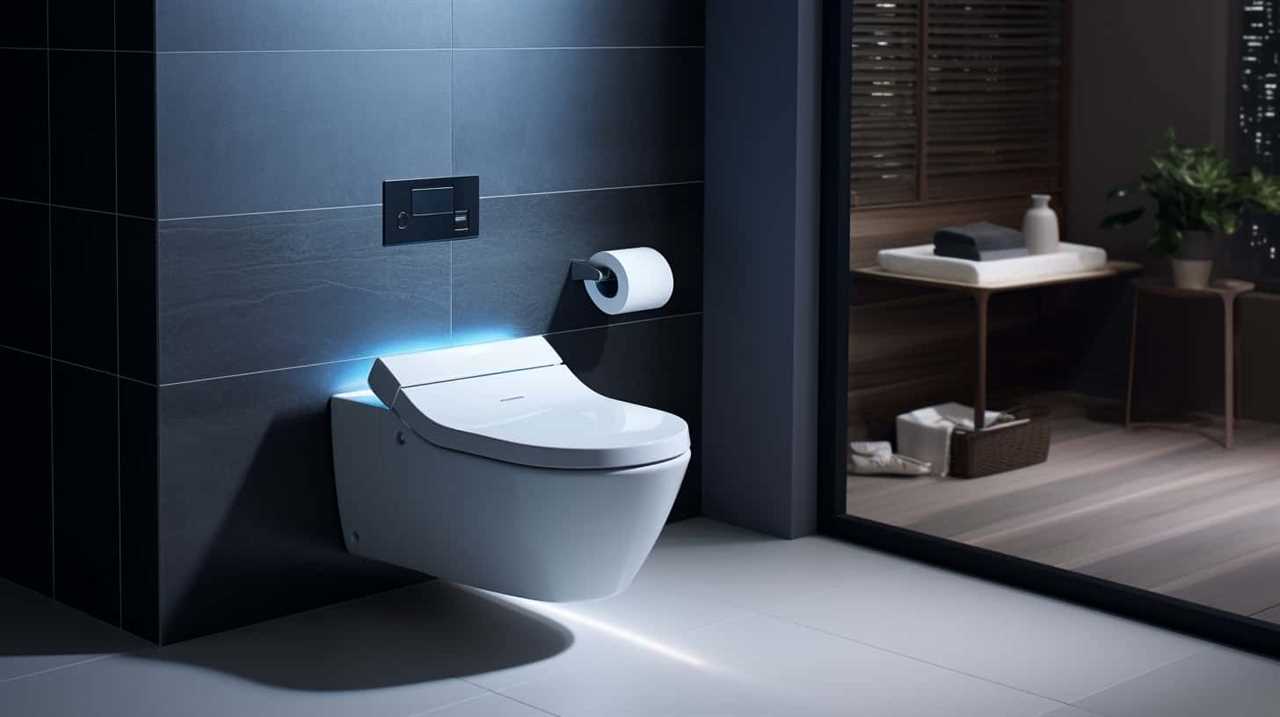
Conclusion
In conclusion, modern day flush toilets come with several disadvantages. They consume a high amount of water, potentially leading to water scarcity.
The potential for plumbing clogs can result in frequent maintenance and repair costs. The environmental impact of excessive water consumption and the need for electricity or running water add to their drawbacks.
Symbolically, these toilets represent a wasteful and unsustainable approach to sanitation, highlighting the need for more efficient and environmentally friendly alternatives.
